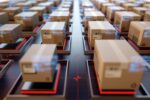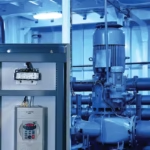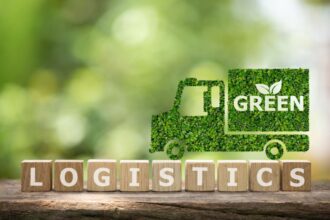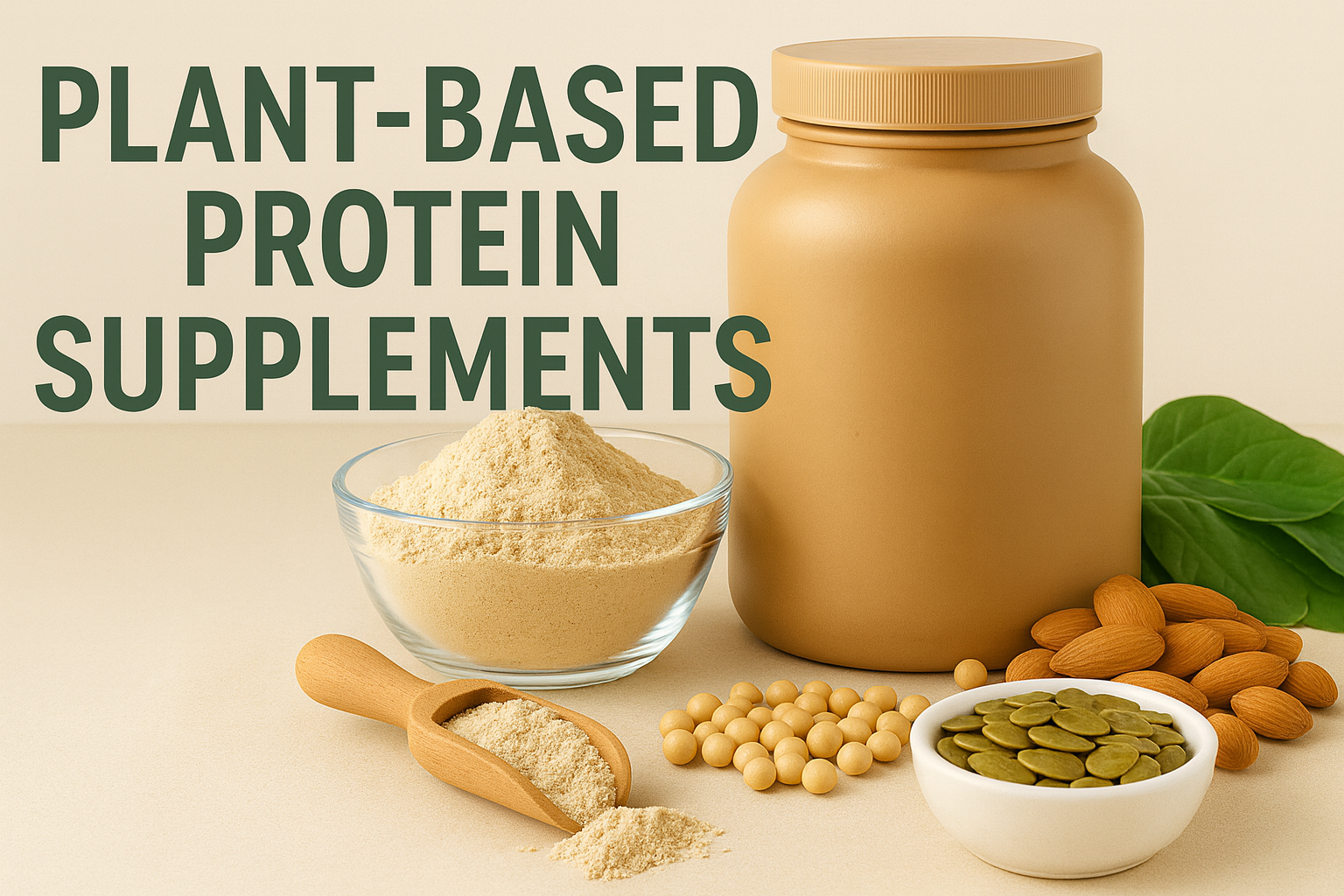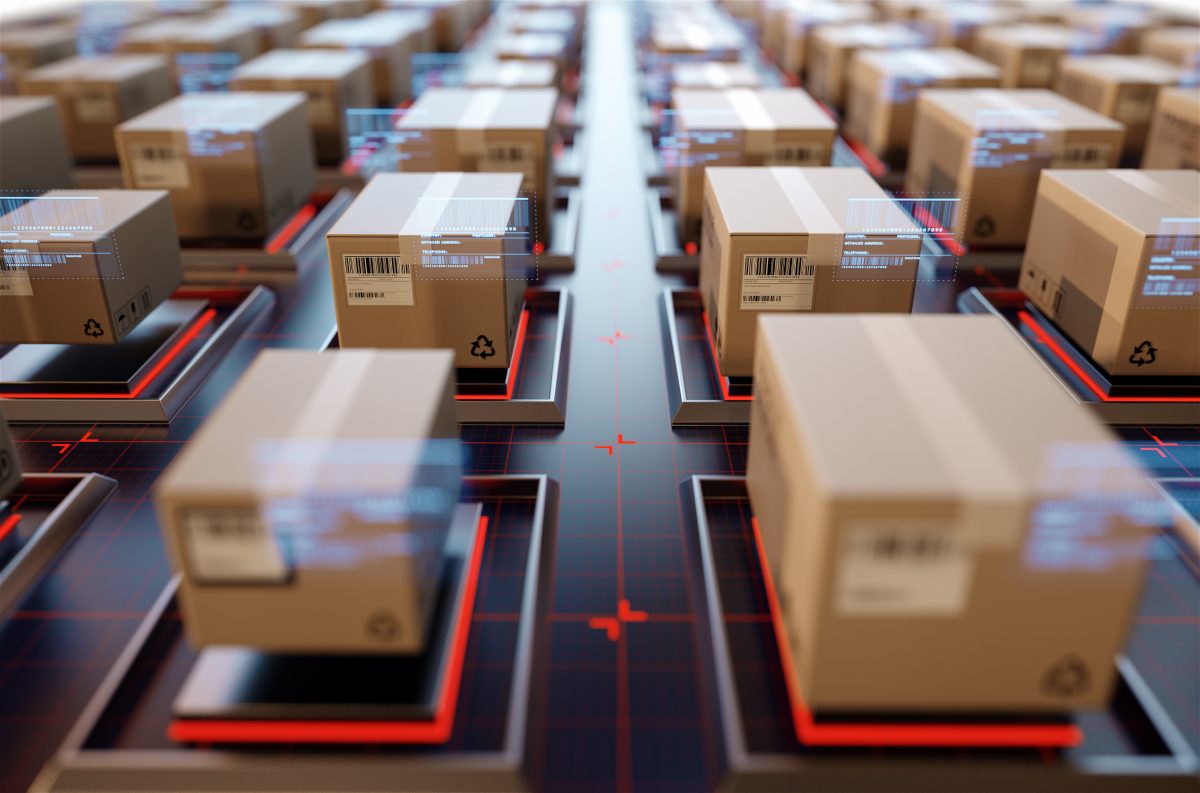In today’s fast-paced world, packaging is no longer just about wrapping products, it is about protecting them, preserving them, and presenting them in a way that resonates with consumers. With the rise of e-commerce, changing consumer preferences, and growing environmental concerns, the demand for innovative and sustainable packaging solutions has never been greater. Flexible packaging has emerged as a key player that offers a versatile, cost-effective, and eco-friendly solution for various industries.
Flexible packaging refers to a type of packaging that can take various shapes and sizes, made from materials such as plastic, paper, aluminum, and other flexible materials. Its primary goal is to provide a lightweight, durable, and cost-effective solution that protects the product while being visually appealing.
Flexible packaging has transformed the packaging industry by being adaptable, affordable, and environmentally friendly. As people and businesses focus more on convenience, sustainability, and shopping online, this industry is evolving to meet these needs. According to Grand View Research, the global flexible packaging market is projected to reach USD 373.34 billion by 2030. With many advantages and uses, flexible packaging is expected to keep expanding and shaping the future of packaging.
Eco-Friendly Flexible Packaging: Innovations for a Greener Future
As environmental concerns grow, both businesses and consumers are looking for greener options. Eco-friendly flexible packaging is an effective way to lower the impact of packaging on the environment. Unlike traditional packaging, which depends on non-renewable materials, this type of packaging uses recyclable, biodegradable, or compostable materials to cut down on waste and pollution.
Innovations in the field have led to the development of plant-based plastics and recyclable films, making it easier to minimize environmental damage. For instance, in May 2024, Amcor partnered with AVON to introduce the AmPrima Plus pouches for AVON’s classic shower gels in China. This recyclable packaging aims to significantly reduce its environmental impact by cutting carbon emissions, conserving water, and using renewable energy during recycling.
These innovations help brands meet consumer demand for sustainable products while following stricter packaging waste guidelines. Lighter solutions also cut transport costs and carbon emissions, making flexible packaging eco-friendly without losing efficiency.
Smart Flexible Packaging: Integrating Technology for Better Safety
Modern technology is transforming the way we think about packaging. Smart flexible packaging takes traditional packaging to the next level by incorporating advanced features like sensors, QR codes, and temperature monitors. These developments make packaging smarter and more interactive, enabling real-time monitoring of product conditions.
Technologies like IoT also allow businesses to monitor products during transport, ensuring they arrive in good condition. Companies are launching new solutions to enhance safety and convenience for consumers and businesses.
For instance, in February 2025, Lecta introduced Metalvac GP PFAS-Free for flexible packaging, offering better product protection. This new solution is a greener and more efficient replacement for metalized films and traditional greaseproof papers. This eco-friendly solution uses smart packaging features to improve safety and functionality.
Flexible Packaging for E-Commerce: Adaptability in Fast-Paced Markets
As online shopping continues to grow, so does the demand for packaging solutions that meet the unique needs of e-commerce. Flexible packaging is a great fit for e-commerce, offering adaptability for products of different shapes and sizes. It provides a lightweight, protective, and cost-effective option, unlike rigid packaging that adds bulk and weight.
Flexible packaging makes shipping easier, reduces costs, and improves efficiency. It can also include branding elements to enhance customer experience. With fast delivery and eco-friendly practices being important in e-commerce, flexible packaging stands out as an effective and sustainable solution.
Wrapping Up
Flexible packaging is more than just a trend—it represents the future of packaging. Its flexibility, eco-friendly design, and adaptability make it a vital part of the changing packaging industry. Whether inspired by environmental goals, customer needs, or new technologies, flexible packaging continues to meet the demands of both businesses and consumers. As the demand for sustainable, economical, and adaptable packaging solutions continues to rise, flexible packaging is positioned to make significant strides in innovation and development.


